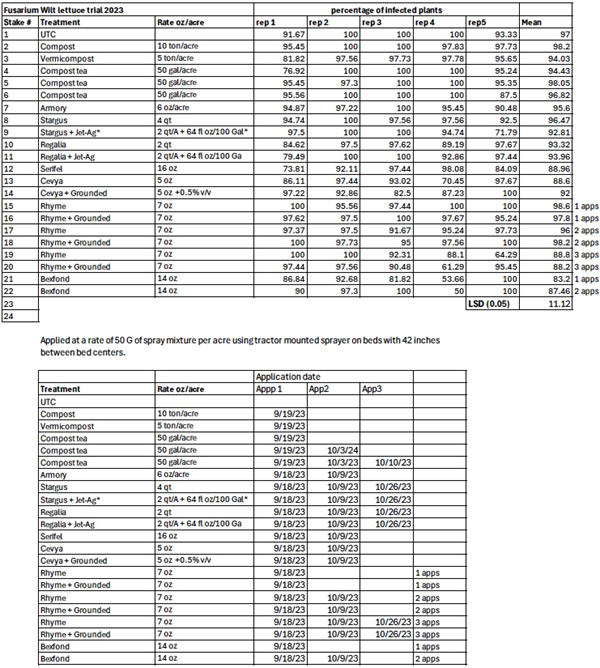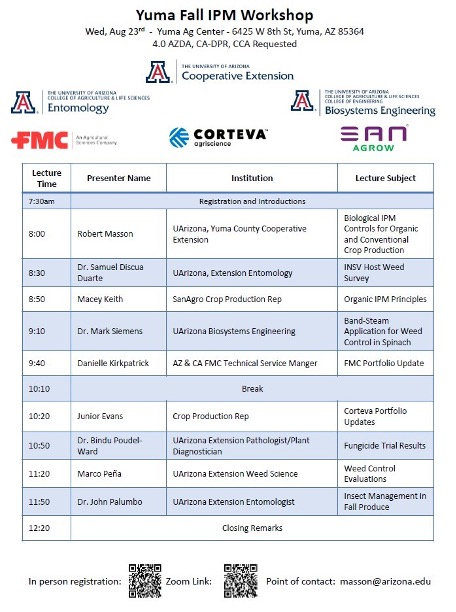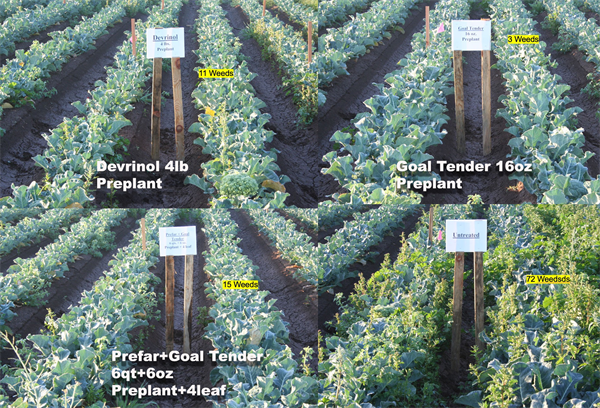-
Apr 16, 2014Lettuce Insect Losses and Insecticide Usage 2014Since 2004, the UA Vegetable IPM Team has annually surveyed PCAs and growers to document insect pest activity and pesticide usage in Arizona lettuce through interactive workshops. We will be holding the 2014 Lettuce Insect, Disease and Weed Losses Workshop next Thursday, April 24 at the Yuma Agricultural Center beginning at noon (a yummy lunch is provided at no cost). The information provided by PCAs and growers during these workshops can be very useful to the lettuce industry. First, the data can be extremely helpful in addressing state and federal regulatory issues by providing “real world" information on insect pest status and insecticides usage. In the past data generated from the surveys has been used to support registrations of key insecticide products (i.e., Lannate). Secondly, from an academic perspective, the results of these surveys provide us with a historic record of insect occurrences which allows us to prioritize some of our research and educational activities. Over the years, insecticide usage data has provided valuable support for grant proposals. Finally, and perhaps most importantly for PCAs, it can translate their efforts into economic terms for their growers and confirms their value to the lettuce industry by showing the importance of key insect pests and their cost-effective management in desert lettuce production. For example, survey results from the Lettuce Insect Losses and Insecticide Use Summary: 2004-2013 shows that on average, 1) costs associated with pest management fees have increased steadily where the cost of scouting and making management decisions by PCAs are well over $20/acre, 2) Leps, aphids and thrips are the most important economic pests in fall and spring lettuce, and 3) the use of older, broadly toxic insecticides (OP/Carbamates/Endosulfan) has dropped significantly, whereas use of the newer, softer reduced-risk chemistries (e.g., Radiant, imidacloprid, and diamides) continues to increase. Of course, PCAs already know this, but these surveys document this information for those less involved with the day-to-day activities of IPM in desert lettuce. Hopefully PCAs and growers see the value in this process and will join us next week at 2014 Lettuce Insect, Disease and Weed Losses Workshop. See you there!To contact John Palumbo go to: jpalumbo@ag.Arizona.edu











